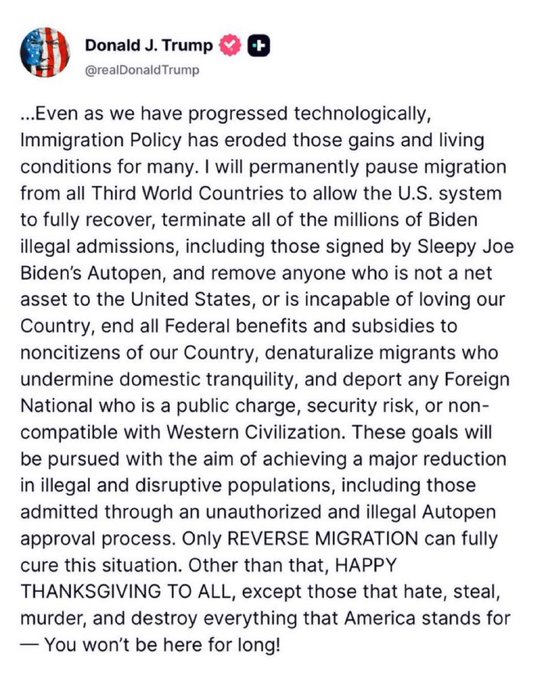2025 in Perspective Through the Insightful Immigration Blog
By Cyrus D. Mehta
Upon President Trump’s inauguration on January 20, 2025, the immigration landscape got radically altered. Immigrants were no longer viewed as assets to the United States. Rather, they were treated as invaders taking away American jobs and engaging in crimes.
The “alien invasion” needed to be eradicated, and in order to achieve this dystopian vision, Trump implemented a draconian deportation policy rendering almost all noncitizens as targets. Even if they were legally in the US through humanitarian parole or temporary protected status Trump has sought to eliminate these programs rendering them “illegal aliens”, and worse “criminal aliens” that could be deported. Asylum proceedings got terminated because the US entered into agreements with faraway third countries like Eswatini that assured to safely take the asylum applicant.
Trump also issued an executive order to radically alter birthright citizenship guaranteed under the Fourteenth Amendment. . A child born to parents who were not lawfully present or were temporarily in the United States would no longer be automatically born a US citizen. Towards the end of 2025 Trump has shut down legal immigration by imposing travel bans on 39 countries and even imposing a pause on benefits application of nationals of these banned countries through INA 212(f), which gives the President broad power to restrict the entry of aliens if they are deemed “detrimental to the interests of the United States”. The H-1B program got decimated through the imposition of a $100,000 fee, which was upheld by a federal court as part of the president’s authority under INA 212(f). A new rule will give priority to H-1B lottery applicants who are offered the highest wages in their occupational category.
Instead of creating more pathways for skilled people to come to the US, Trump launched his Gold Card through executive action by scaffolding it onto the existing employment-based first and second preference categories, which are already backlogged for people born in India.
For noncitizens even permanently residing in the US on a green card, America became a police state through the vetting of their social media accounts, which could result in the denial of an immigration benefit, detention and deportation. Even naturalized citizens will no longer be immune as DHS has ordered USCIS offices to denaturalize at least 100-200 cases per month.
Trump’s immigration hellscape continues with no brakes into 2026 although Zohran Mamdani, who will be New York’s next mayor on January 1, 2026, proves that immigrants have power, and no matter what this administration claims to the contrary, America has been and will continue to be a nation of immigrants.
As 2025 comes to a close, I extend my heartfelt appreciation to my co-author, Kaitlyn Box, whose invaluable insights and unwavering support have been crucial in producing a wealth of timely blog posts on the latest developments. I am also thankful to Manjeeta Chowdhury and David Isaacson whose blogs are included among our most-read pieces.
Top 10 Most-Read Blogs of 2025
- A Foreign Student Whose Visa Has Been Revoked by Trump Should Still Be Able to Continue to Attend School
- Challenging the Foreign Policy Ground of Removability in Defense of Free Speech and the Rights of Green Card Holders
- CSPA Disharmony Is More Beautiful Than Monotony: Notwithstanding a Discrepancy Between USCIS and DOS Policy in Protecting the Age of the Child
- Resolving Conflicts of Interest When an H-1B Worker Is Terminated
- AC21 Trap for H-1B Workers Caught in the Green Card Backlogs and Who Have Changed Jobs
- Trump’s Executive Order Restricting Birthright Citizenship Is So Unconstitutional That Even the Supreme Court May Reject It
- The Exception That Disproves the Rule: How Matter of K-E-S-G’s FGM Exception Exposes Its Incoherence
- Neighborhood Snooping: USCIS’s New Roadblock to Citizenship
- Trump and Dick the Butcher Have the Same Impulse: Let’s Kill All the Lawyers
- One Big Ugly Bill on Immigration
These blogs have sparked conversations and provided insights on crucial topics throughout the year, and we are grateful for our readers’ engagement and support.





